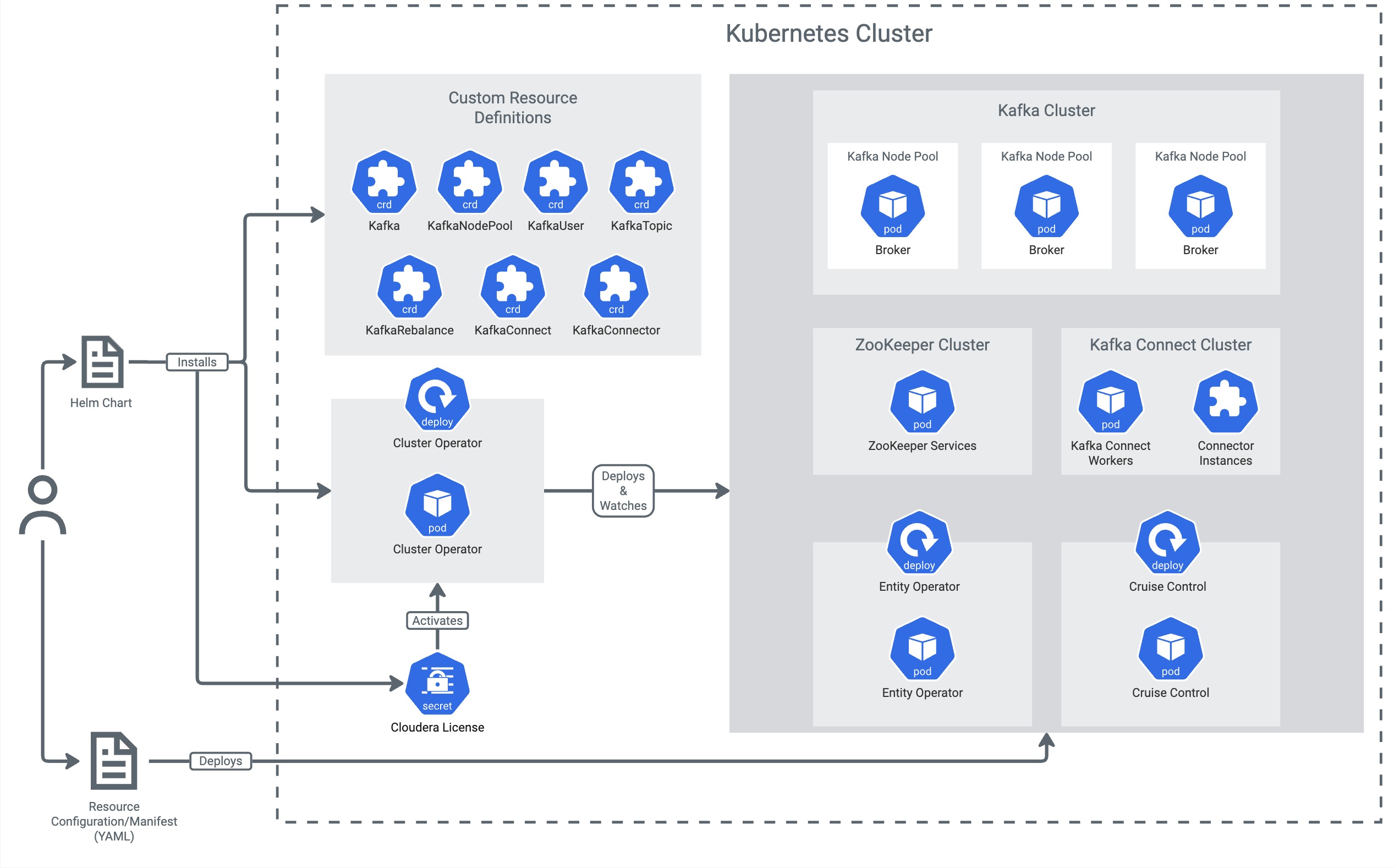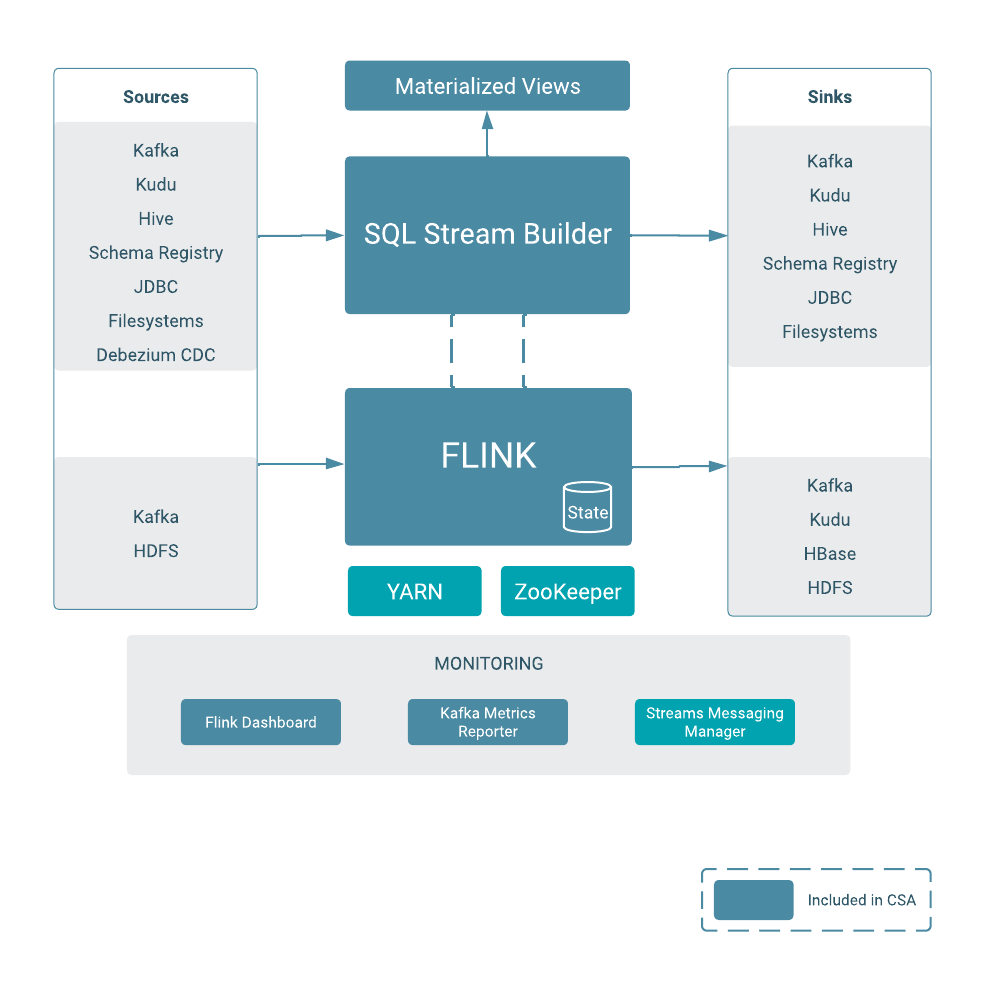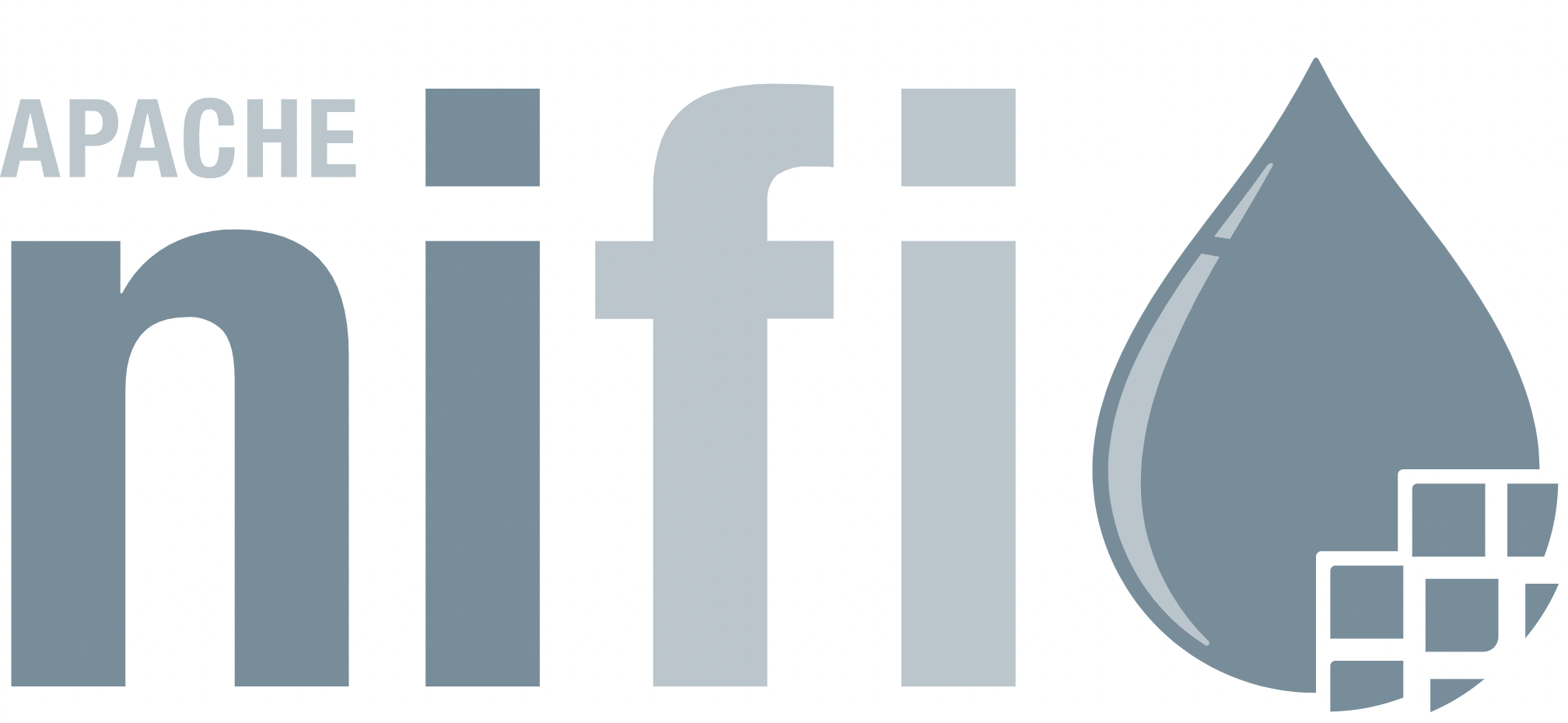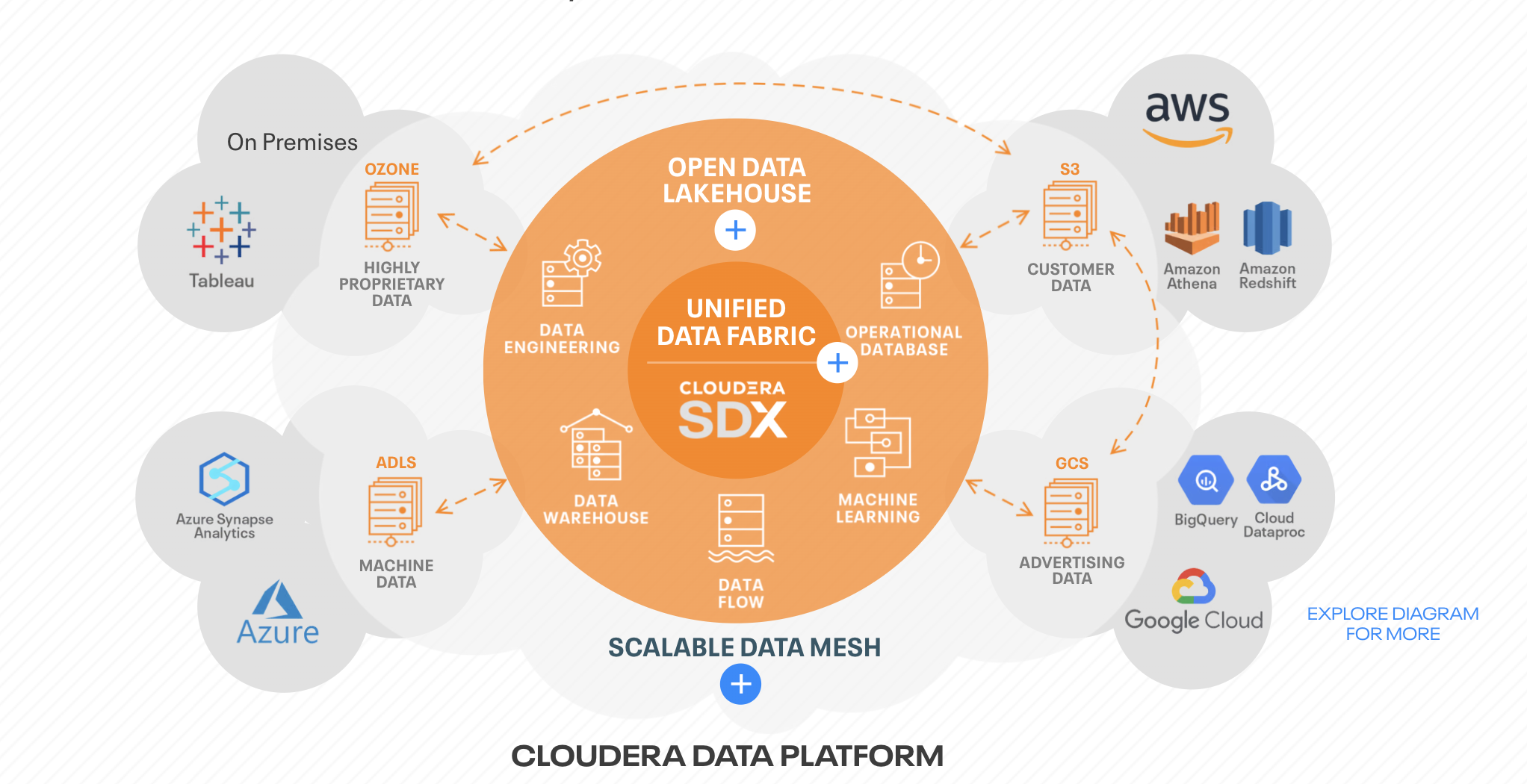Cloudera Apache NiFi Operator
In a previous article (Installing Cloudera CFM Kubernetes Operator) I exposed steps necessary to deploy the Cloudera Apache NiFi Operator on MiniKube. In this article I am going to share some tips and tricks I have learned after completing this install in Openshift, Rancher, and recently EKS.
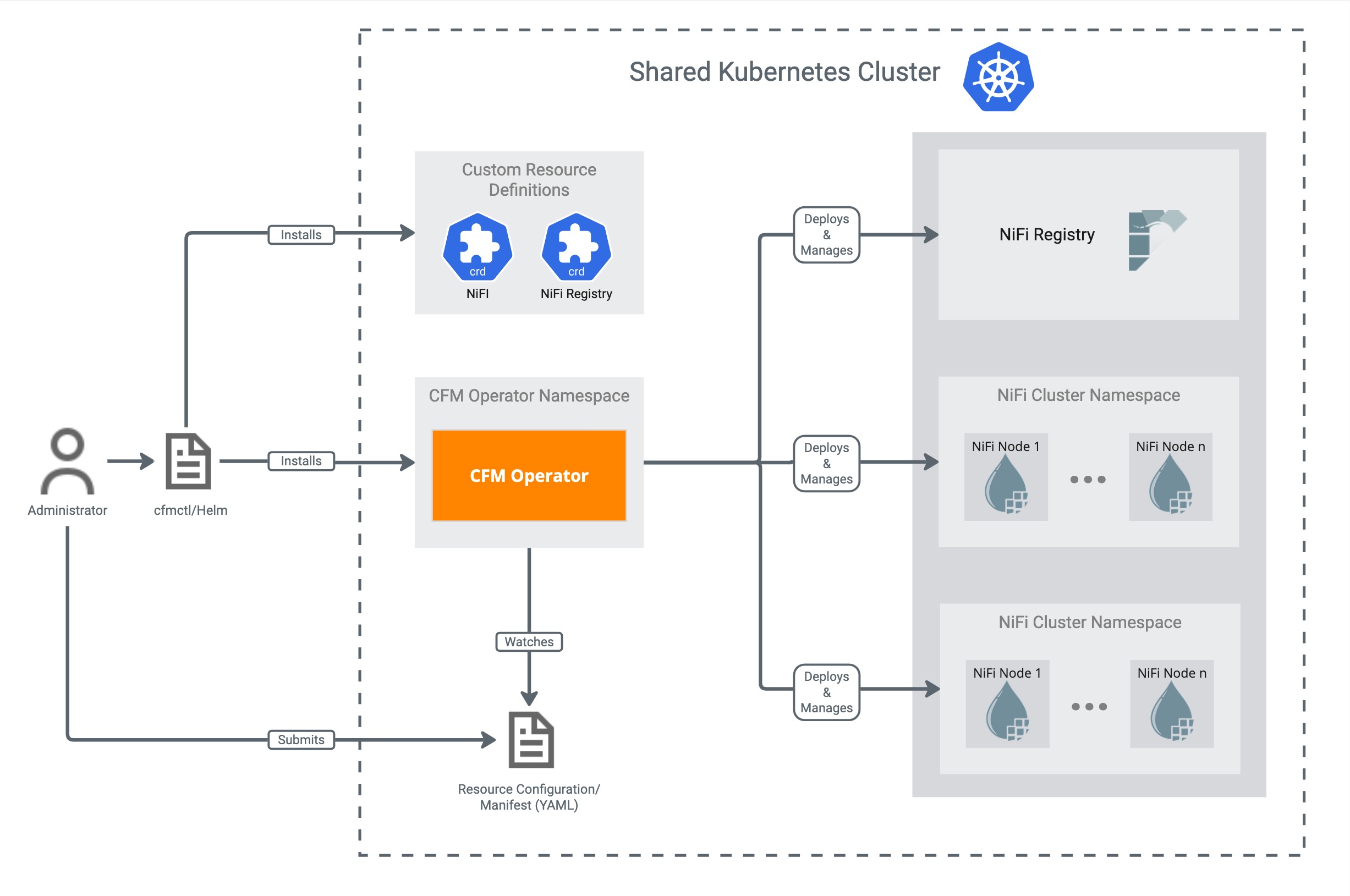
First, lets start with the most recent version of the documenation for the Cloudera Apache NiFi Operator:
💡 There are already two new versions since my first article! 💡
User Authentication
There are several ways that you can role nifi user authentication. First, no auth at all. Just access the ui and NiFi is there. Second, a self generated username and password upon install. Third, provide a kubernetes secret with your desired username and password. Last but not least, LDAP which I will cover in a future post specifically.
Configuring Authentication Docs
In order to secure the login for the NiFi UI, it is required that NiFi installation itself be secured. Be sure to complete this step w/ your security cert issuer and then provide the correct tag in the nifi yaml. In this example I am using a self signed cert, which you can find in my YAML repo at the end of this page.
kubectl apply -f self-signed-ca-issuer.yaml
security:
initialAdminIdentity: nifiadmin
nodeCertGen:
issuerRef:
name: self-signed-ca-issuer
kind: ClusterIssuer
With the cert applied and referenced in the nifi.yaml, lets take a look at the requirements for enabling authentication methods.
Auto Generated Password
spec:
security:
singleUserAuth:
enabled: true
Provided Credential
spec:
security:
singleUserAuth:
enabled: true
credentialsSecretName: nifi-credential
kubectl create secret generic nifi-credential --from-literal=username="username" --from-literal=password="123456789101112"
💡 It is important to know, if your kubernetes secret is less than 12 characters, it will be ignored and nifi will still role with an auto generated username and password.💡
Ingress and uiConnection
The most important part of the Apache NiFi Operator installation are the steps required to expose the NiFI UI.
Route
uiConnection:
type: Route
routeConfig:
tls:
termination: passthrough
uiConnection:
type: Route
serviceConfig:
sessionAffinity: ClientIP
routeConfig:
tls:
termination: passthrough
Ingress
uiConnection:
type: Ingress
serviceConfig:
sessionAffinity: ClientIP
When using an ingress, there are annotations that may or may not be needed depending on your kubernetes environment
uiConnection:
type: Ingress
annotations:
nginx.ingress.kubernetes.io/affinity: cookie
nginx.ingress.kubernetes.io/affinity-mode: persistent
nginx.ingress.kubernetes.io/backend-protocol: HTTPS
nginx.ingress.kubernetes.io/ssl-passthrough: "true"
nginx.ingress.kubernetes.io/ssl-redirect: "true"
Service
uiConnection:
type: Service
When to Delete and Apply
It is important to know when to delete your nifi deployment and apply again for a fresh install so be careful when applying changes and expecting the changed yaml to fully re-install nifi.
When doing things like above with authentication and security the initial nifi installation takes different and appropriate paths. Sometimes you may have to delete nifi, wait for termination to complete, and then apply again in order to take a full fresh install.
Customizations For NiFi Sizing
When testing deployment processes in a small or limited kubernetes environment, it may be required to provide some limits on the resources nifi needs.
resources:
nifi:
requests:
cpu: "1"
memory: 2Gi
limits:
cpu: "4"
memory: 4Gi
log:
requests:
cpu: 50m
memory: 128Mi
Some important Sizing docs:
Resource Recommendations and Configuring Cluster Size
You can find a full example NiFI chart here.
If you have gotten this far, then you may want to bookmark the NiFi Config Reference and NiFi Connection Reference which outline all of the yaml object types for the Cloudera Apache NiFi Operator.
Check out this repo I created with my sample YAMLs here.
If you are interested in getting your hands on Cloudera’s Apache NiFi Operator you can find more right here. You can also reach out to me directly if you are ready for demos, hands on labs, or licensed trials for your organization.

